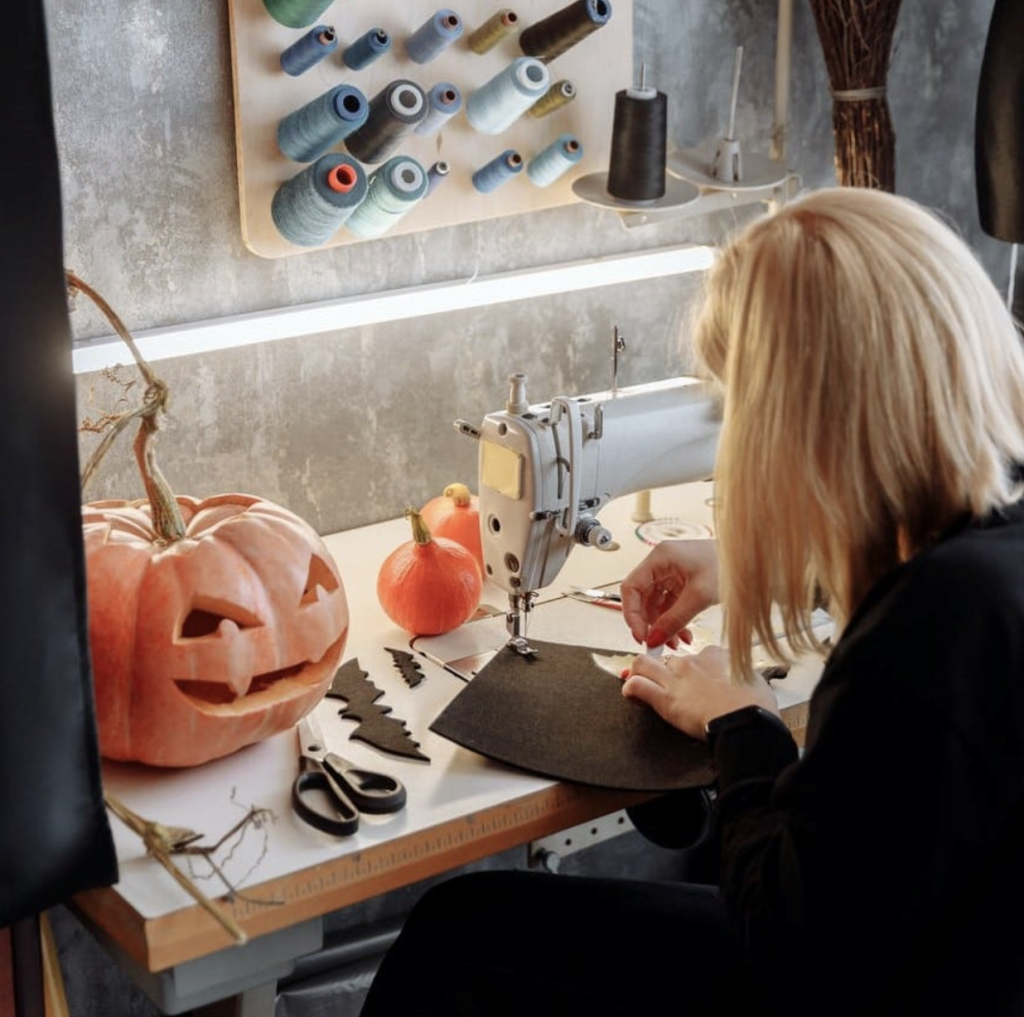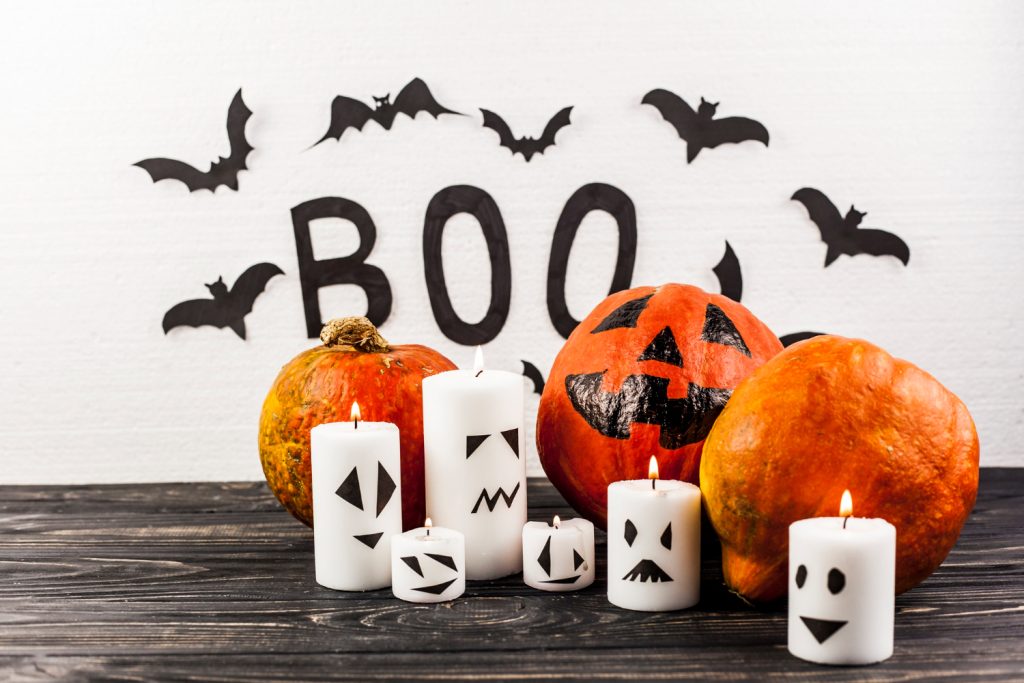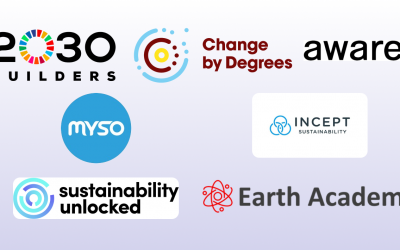Halloween, with its ghouls, ghosts, and goblins, is a time for spooky fun and creative costumes. However, it’s also a time when our collective actions can have a frightful impact on the environment. Not only individuals but also companies and organizations can make Halloween a greener and more responsible celebration. Here’s how everyone can play a part in reducing the environmental impact of this festive occasion. From the production of single-use decorations to excessive candy wrappers, Halloween can be quite the environmental nightmare. But fear not! There are ways to make this holiday more responsible and eco-friendlier.
Why Halloween matters for sustainability
When we delve into the heart of this celebration, it becomes evident that Halloween has a significant impact on our environment, particularly through the excessive use of single-use plastics, wasteful candy packaging, and the disposable nature of costumes.
The scary tale of single-use decorations
One of the most pressing environmental concerns associated with Halloween is the proliferation of single-use decorations, often crafted from plastic. These decorations, though designed to be spooky, come with a terrifying environmental cost. Manufactured inexpensively and intended for one-time use, they are quickly discarded, contributing to the ever-growing problem of plastic pollution and waste.
What’s frightening is that these plastic decorations don’t simply disappear once Halloween is over. They persist in the environment, taking up space in landfills and, in some unfortunate cases, finding their way into our oceans. The enduring legacy of these decorations is their incredibly slow decomposition, which can take centuries. This long lifespan adds to the already critical issue of plastic pollution and its detrimental effects on our planet.
The candy challenge
Another element of Halloween that raises sustainability concerns is the beloved Halloween candy. These sweet treats are notorious for their excessive individual packaging. Each tiny chocolate bar, candy, or chewy delight is wrapped in layers of plastic, creating a mountain of non-biodegradable waste. When these wrappers and containers are carelessly disposed of, they often find their final resting place in landfills, where they remain virtually unchanged for hundreds of years.
The plastic packaging conundrum surrounding Halloween candies underscores a wasteful aspect of the holiday that we cannot ignore. While the joy of receiving and giving candy is a cherished tradition, it’s essential to reevaluate how we package these sweets to minimize their environmental impact.
The disposable costume dilemma
The costumes worn during Halloween are yet another facet of the holiday that raises sustainability questions. Many Halloween costumes are crafted from inexpensive materials and are designed for single use. This “fast fashion” approach to costumes not only contributes to the already pressing issue of textile waste but also perpetuates the exploitation of workers in the garment industry.
As these disposable costumes accumulate, they often meet the same fate as single-use decorations and candy wrappers – ending up in landfills and contributing to the textile waste crisis. Additionally, the rapid production and disposal of costumes have broader ethical implications in terms of labor and fair employment practices.
“Halloween costumes have indeed followed the steps of fast fashion,” says Myriam Laroche. She is an expert in sustainable fashion and the founder of Vancouver Eco Fashion Week. However, businesses can use this opportunity to raise awareness of sustainability and have an eco-friendly Halloween instead.

Eco-friendly initiatives for companies and organizations
Halloween isn’t just a time for individuals to embrace the spirit of the season. Companies and organizations should also join the sustainability movement by incorporating responsible initiatives into their Halloween celebrations. Let’s explore some creative ways for businesses to make a positive impact on the environment while still enjoying the Halloween festivities.
1. Corporate Halloween Parties:
When it comes to corporate Halloween parties, there are several ways to go green while having fun:
- Reusable decorations: swap out disposable decorations for reusable ones. By doing so, you not only reduce waste but also promote a sustainable approach to festive decor.
- Bulk candy purchases: consider purchasing candy in bulk and distributing it using reusable containers. This not only minimizes packaging waste but also allows for a more eco-conscious approach to candy distribution.
- Costume contests with a twist: encourage employees to get creative with their costumes. Host costume contests that promote recycling and upcycling, encouraging employees to create costumes from existing clothing or participate in costume swaps to reduce costume-related waste.
- Food donation programs: implement food-sharing initiatives at Halloween parties. This can involve allowing employees to take home leftovers or, even better, donating surplus food to local organizations. Such programs can make a significant impact on food waste reduction.
2. Sustainable Marketing:
Companies can leverage the Halloween season to promote eco-friendly products and practices. This can involve:
- Promoting eco-friendly Halloween products: market sustainable Halloween products, from costumes made of recycled materials to decorations that can be reused year after year. Encourage customers to embrace responsible and eco-conscious celebrations.
- Raising awareness: use your platform to raise awareness about eco-friendly choices during Halloween. Share tips and ideas with your audience on how they can make their celebrations more sustainable. This not only helps the environment but also positions your brand as a responsible and conscious one.

3. Community Engagement
Engaging with the community can be a rewarding way to promote sustainability during Halloween:
- Corporate Responsibility projects: consider organizing community activities such as costume exchanges or recycling initiatives. Engaging in these projects not only benefits the local community but also strengthens your organization’s commitment to social and environmental responsibility.
In conclusion, by embracing these sustainable practices, individuals, companies, and organizations can enjoy Halloween while minimizing its environmental impact. Halloween doesn’t have to be scary for the planet – it can be a time for responsible fun and eco-friendly creativity that extends from homes to corporate settings.
Halloween at 2030 Builders
The Earth is in need of educated celebrators. At 2030 Builders, we make sure the educational process is fun and original.
We have to change our habits drastically, step out of our comfort zones and rethink daily decisions in order to save the planet. 2030 Builders helps put in place changes and brings a fresh perspective on sustainability in workplaces, which can contribute to the needed change. We provide an engaging experience and a safe place for trying, learning and practising sustainability skills. Book a demo or schedule a meeting with us and see what solution would suit your company the best on the journey towards a better future.




0 Comments